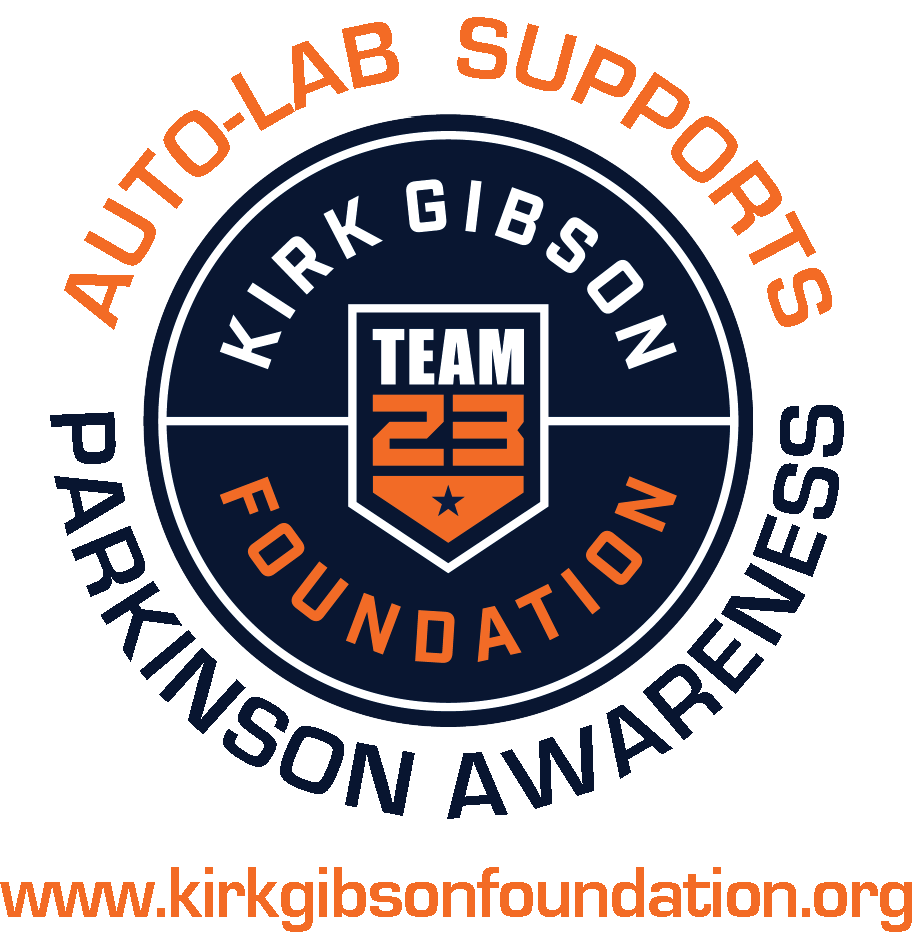Motorists can also do a visual inspection of hoses, belts and the radiator to help identify cooling system problems before they escalate. Radiator leaks, bulging hoses or frayed and cracked belts are clues that the cooling system is in need of maintenance.
Additional signs of cooling system problems include the vehicle temperature gauge rising near the danger zone, coolant leaks, steam or hissing sounds under the hood or the district smell of an engine that’s running hot.



